The front entrance of the new National Infantry Museum and Soldier Center that opened in 2009. The museum is just outside the gates of Fort Benning, Georgia.
On 19 June 2009, former U.S. Army General Colin Powell cut the ribbon to officially open the New National Infantry Museum and Soldier Center near the home of the U.S. Army’s Infantry School, Fort Benning, Georgia. The new museum is world class and quite large, with approximately 190,000 square feet dedicated to telling the story and honoring the U.S. Infantryman from 1607 to the present. The museum features six separate era galleries where exhibits are arranged by dates, although many of the early exhibits; “Securing Our Freedom” 1607-1815, and “Defining a Nation” 1815-1898, Manifest Destiny and the Civil War, exhibits are not yet open to the public. Among the many exhibits there are many personal items and stories of individual soldiers, some famous, others just ordinary soldiers who did an extraordinary job.
The International Stage
The gallery exhibits currently open to visitors begin with the “The International Stage” 1898-1920. Upon entering the display area there are many artifacts from the Spanish American War, including a porthole from the USS Maine. The Maine was a U.S. ship that mysteriously exploded and sank in a Cuban harbor, and eventually led to the war with Spain. Moving ahead, the visitor steps into World War I “no man’s land” by entering a sandbag covered trench. Along the walls of the “trench” are artifacts and photos that project the miserable conditions troops endured during the “Great War” (less rats and decaying bodies). Moving further one hears the rattle and sees the muzzle flash of a machine gun reflecting off of the wall. There is also an audio-visual exhibit that tells the story of Medal of Honor recipient, Sergeant Alvin York, one of the most famous Infantrymen of the war.
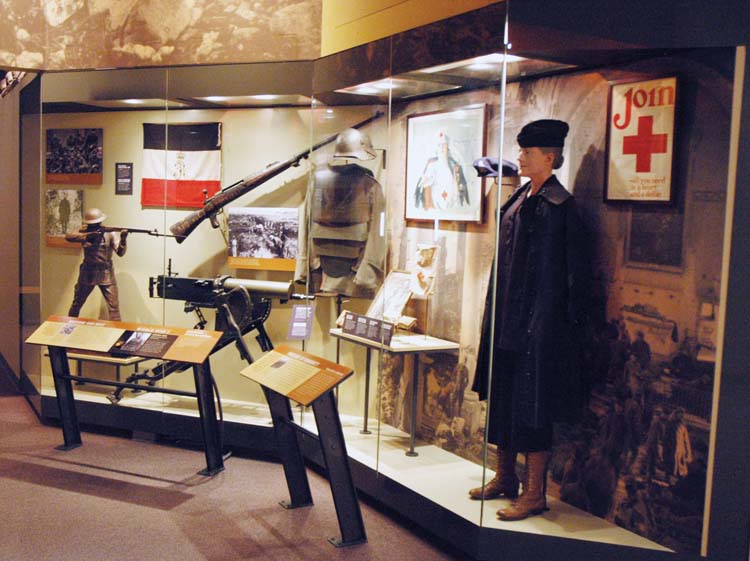
World at War
One of largest exhibits in the museum is “World at War” representing World War II, to include both European and Pacific Theaters of operations. Summarizing the events that unfolded during the conflict are projected on a rotating globe-like screen on the floor. Vintage films are continually running on screens throughout the exhibit areas. Small arms used by all of the belligerents involved are on display, as well as personal weapons and gear of famous soldiers and generals that include Audie Murphy’s service cap and German Field Marshall Herman Goering’s gem covered baton. Other artifacts are a U.S. Army Jeep and a Japanese gas mask designed for a horse. On display are uniforms of both Allied and Axis soldiers. Several dioramas in the exhibit area depict significant battles.
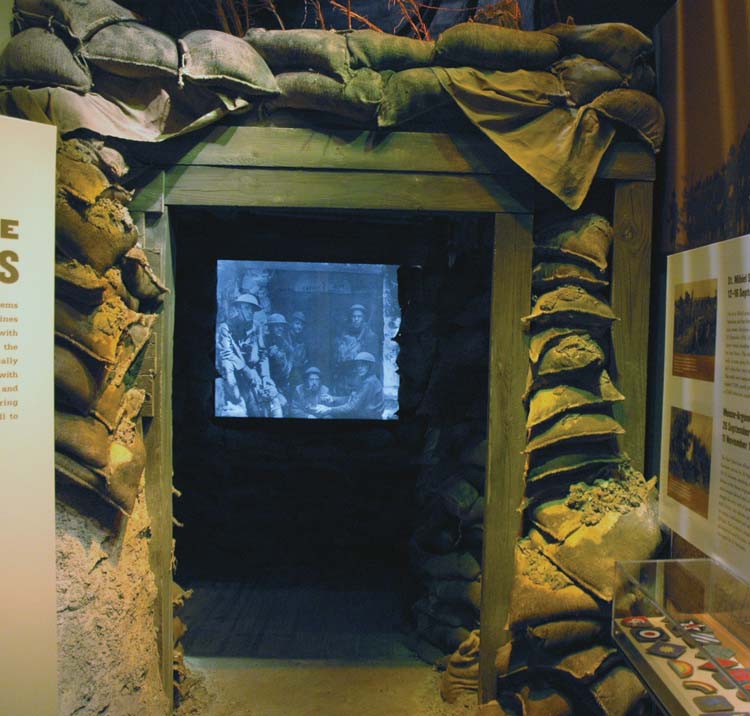
Cold War
The next chronological exhibit is the Cold War 1947-1989 that includes many artifacts and weapons fielded during the period, from a Browning Automatic Rifle designed during World War I, to the Davy Crockett, a small nuclear weapon developed during the 1960s for Army Infantry use against large Soviet troop concentrations, should the Cold War ever suddenly go hot. Many items from the Korean Conflict are also on display. Visitors can listen to Korean War veterans tell their recorded stories inside a recreated bunker. The Vietnam Gallery allows visitors to experience a search and destroy mission in a hot and humid jungle environment. Many personal effects of prisoners of war are displayed to offer a glimpse of the brutal conditions captured U.S. servicemen endured during their confinement in places like the infamous Hanoi Hilton. The Berlin wall was erected in 1961 by the Communist East German Government to keep East German citizens from defecting into West Berlin. The tearing down of the infamous wall in Berlin, Germany in 1989 marked the end of the Cold War era. On display in the museum are three complete sections of the Berlin Wall covered with graffiti, painted by citizens of Berlin.

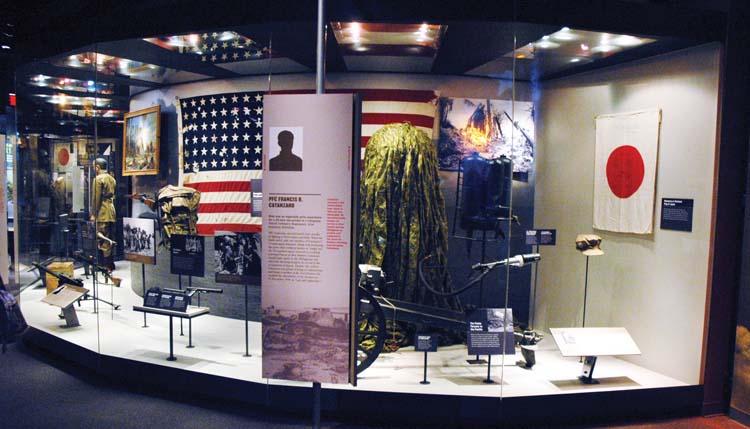
Sole Superpower
The Sole Superpower exhibit, from 1989 to the present, was so named to describe the United States’ status after the Cold War ended. The Gallery covers the smaller scale conflicts like Grenada, the War on Terrorism and the two Iraq Desert Wars. On display are many high-tech weapons used by U.S. Forces as well as captured enemy weapons and equipment.
The Hall of Valor
Prominently featured in the Grand Hall is the Hall of Valor, a glass-enclosed space dedicated to recognizing deeds of exceptional bravery. On the outside, quotes are etched in the glass, and inside, plaques honoring each of the nearly 1,500 Infantry recipients of the Medal of Honor line the walls. A computer allows visitors to look up details for each Medal of Honor recipient.
The Last 100 Yards
The Last 100 Yards is one of the museum’s featured exhibits. It consists of a 100 yard long inclined ramp lined with lifelike Infantrymen from all periods. The name “Last 100 Yards” signifies the Infantry’s “boots on the ground” role in closing and seizing the last yards of ground from the enemy. A World War II glider, Huey helicopter and Bradley Fighting Vehicle complete the display.
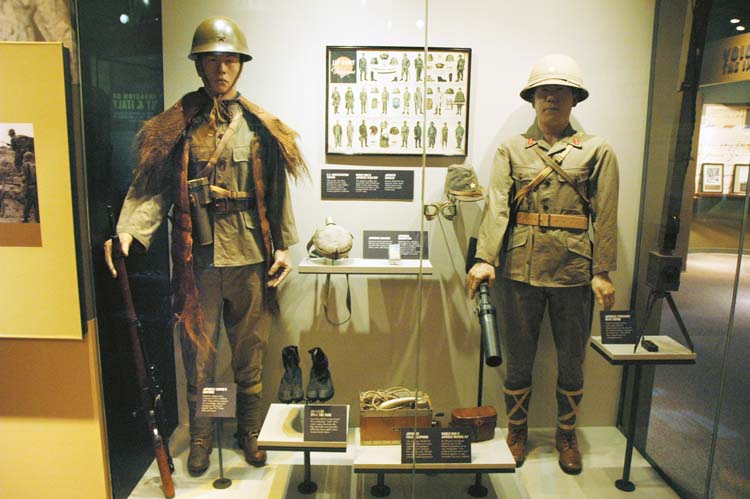
The Officer Candidate School Hall of Honor
The Officer Candidate School Hall of Honor was established to recognize distinguished OCS graduates and as a method to motivate and provide incentive for both candidates and graduates to excel. This gallery honors the over 2,000 Soldiers who have been inducted into the OCS Hall of Fame since 1952. A computer is provided to search for individual inductees. A timeline follows the early beginnings of the U.S. Army’s Officer Candidate School and chronicles its development and history.
The Ranger Hall of Honor
This exhibit was formed to preserve the spirit and contributions of the Army’s elite Rangers. Honored are nearly 200 soldiers who have been inducted into the Ranger Hall of Fame since 1992. A computer allows visitors to search for individual inductees by name. Also featured are U.S. Army Ranger history, its origins, and their role in military history. Several exhibits display uniforms, weapons and other items used by Army Rangers during World War II, Korea, Vietnam, and Grenada.
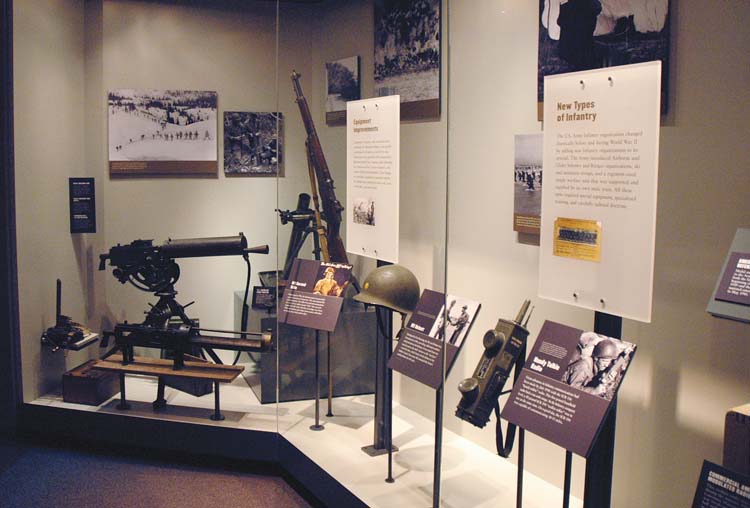
World War II Company Street
Located directly behind the museum building is a complex of seven restored World War II buildings to allow museum visitors a trip back in time. The simple wooden “Series 700? buildings were mass produced in the 1940s to meet the demands of the rapidly growing Army preparing to enter the war. After 1945, the post-war Army was rapidly downsized and the buildings, no longer needed, were being torn down. However, a building of each type; a barracks, mess hall, orderly room, supply room, chapel, and General George Patton’s headquarters building and sleeping quarters were spared and restored. Each of the structures are fully furnished with realistic touches that include 1940 era music, photos and furniture. A Physical Training field, like those used for daily PT by recruits, adds to the realism. A final touch are the period street lights.
Rifle Range
In addition to the era galleries there is an interactive rifle simulator, where for a small fee visitors can experience the feel of firing an M16 rifle. The rifles don’t fire live ammunition, but are fitted with lasers and a recoil simulator. The shooter gets 30 shots to hit 20 targets to “qualify”. It is the same type of device the Army uses to introduce new recruits to the M16.
IMAX Theater
The museum’s unique theater features a large high resolution screen that is five stories high and 70 feet wide. Images are projected in three-dimension that give the viewer the illusion that they are in the film. The 300 seat capacity theater features Hollywood movies as well as military documentaries.
Dining
For lunch or dinner the museum offers fine dining in a causal atmosphere at the Fife and Drum American Bistro located inside the museum.

Gift shop
For souvenir hunters, the Soldier Store offers a large selection of mugs, T-shirts and jewelry – many emblazoned with museum and Army logos. There is also a wide variety of military history DVDs and books, not offered elsewhere.
The Family Support Gallery
This gallery pays homage to the parents, children, spouses and other loved ones who make sacrifices just as important as the soldier’s. It also includes a play space for children where they can try on costumes and role play.
Brief History of Fort Benning, Georgia
Fort Benning is situated near Columbus, Georgia and covers over 182,000 acres. Ninety-three percent of the facility is in Georgia and seven percent is in Alabama. Fort Benning was established by Congress as Camp Benning during 1918, and assigned permanent status the same year. At the request of the Columbus Rotary Club, the Camp was named after Confederate Army General Henry L. Benning, a resident of Columbus. During the Civil War General Benning commanded a Georgia Brigade in the Army of Northern Virginia. After the war ended, Henry Benning returned to Columbus where he practiced law until his death in 1875.
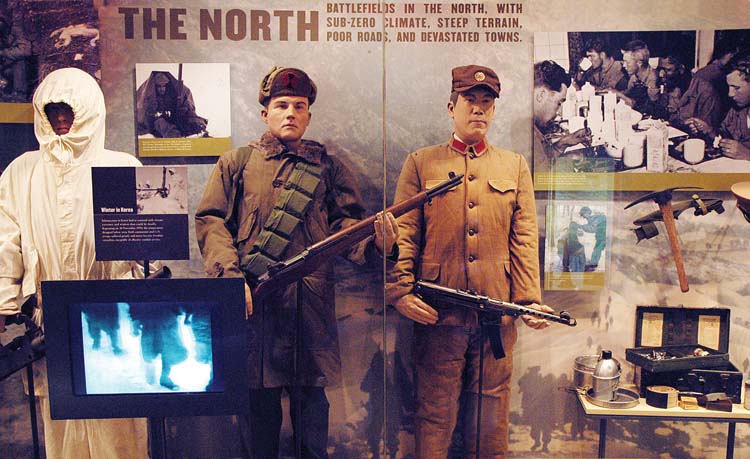
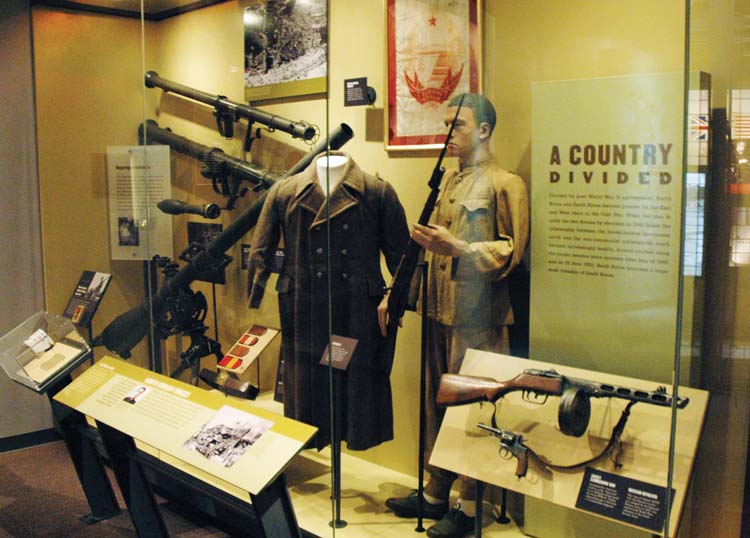
The first mission of Fort Benning was to provide basic training for U.S. Army troops during World War I. After the war ended, Fort Benning struggled for appropriations. However, by the mid-1930s the post was booming with construction because of the federally funded building projects initiated during the Great Depression. Just prior to the United States’ entry into World War II, the 2nd Armor Division was established at Fort Benning. The facility also became the home of the “Big Red One,” the First Infantry Division. An officer candidate school and airborne training center were also established at the Fort. During 1943, the 555th Parachute Infantry Battalion, known as the Triple Nickel, was formed and trained at the Fort. Airborne training is still conducted at Fort Benning.
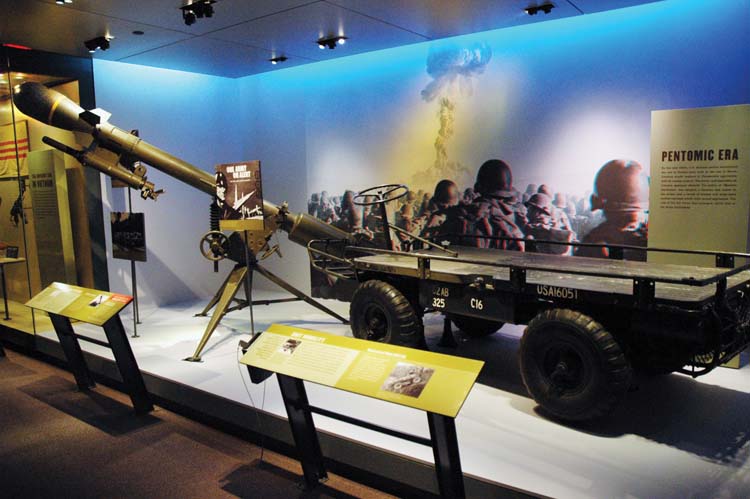
The new museum replaces the old one that was located on Baltzell Ave, which opened in 1958. Although the original museum was located on Fort Benning, the new facility is just outside the gates on South Lumpkin Road, making access easier for visitors. There is no admission fee, but donations are appreciated. Cameras are permitted, but no flash photography is allowed. Adult and school group tours are available.
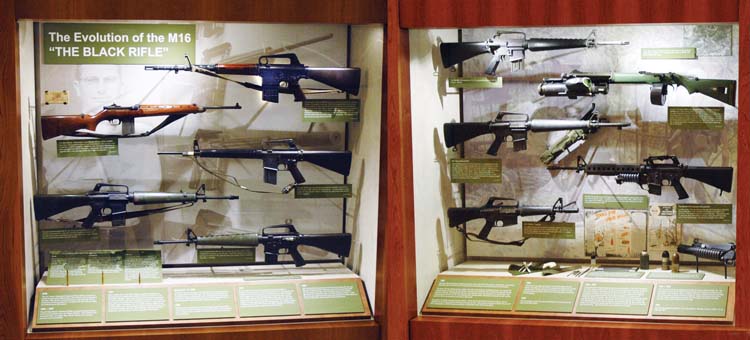
As part of their Knob Creek, Kentucky experience many enthusiasts have included a trip over to the General Patton museum on nearby Fort Knox. If you have visited the Patton Museum recently, you will have discovered that most of the museum’s exhibits and vehicles are no longer there. As part of the base realignment and closure program (BRAC), the Armor Center has begun to move its headquarters from Fort Knox, Kentucky to Fort Benning, Georgia, where a new National Armor and Cavalry Museum is planned in the near future. The remaining exhibits at Patton Museum at Fort Knox basically are personal and historical items from the famous general.
National Infantry Museum and Soldier Center
1775 Legacy Way
Columbus, Georgia 31903
(706) 685-5800
www.nationalinfantrymuseum.com

The museum is open 9:00 a.m. – 5:00 p.m. Tuesday through Saturday and 11:00 a.m. – 5:00 p.m. Sunday. The museum is closed Thanksgiving Day, Christmas Day and New Year’s Day.
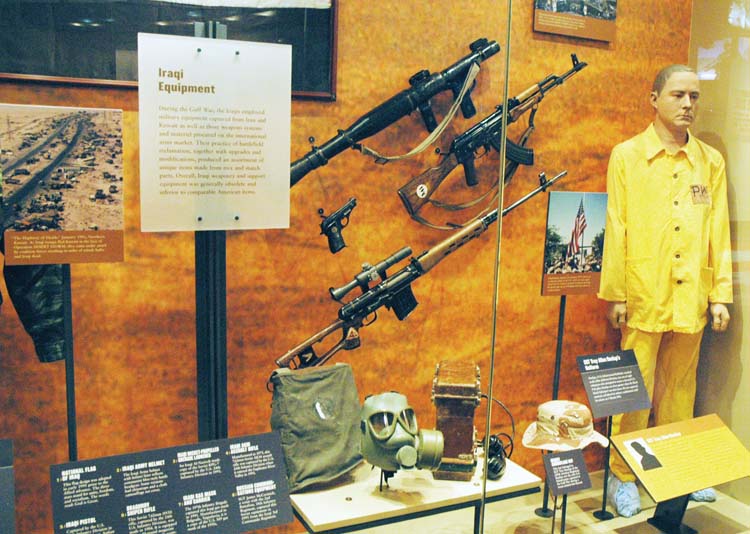
As of January 2011, The National Infantry Museum and Soldier Center will be closed on Mondays for general maintenance. The facility will be open during federal holidays that fall on Mondays to include Martin Luther King, Jr. Day, Memorial Day and Independence Day.
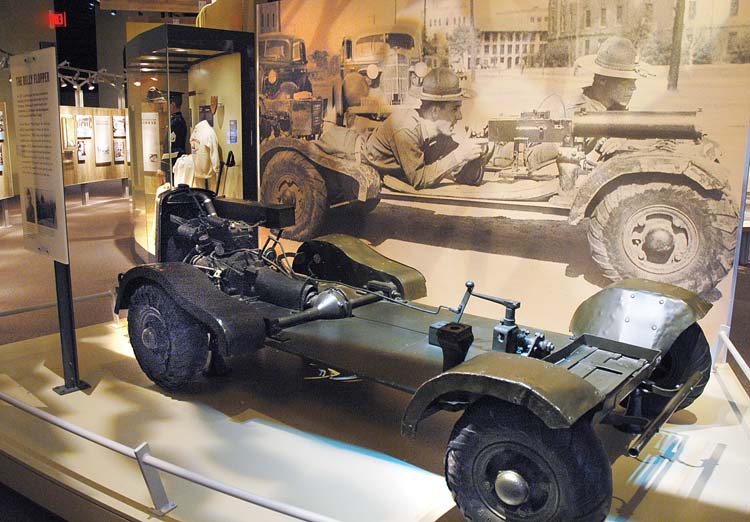
Directions to the National Infantry Museum are to take I-185 south from Columbus, Georgia to exit 1B. Drive west on US 27/280/431 for about a mile, then turn left at the light onto Fort Benning Blvd. The museum will be a little more than a mile south, on the right.
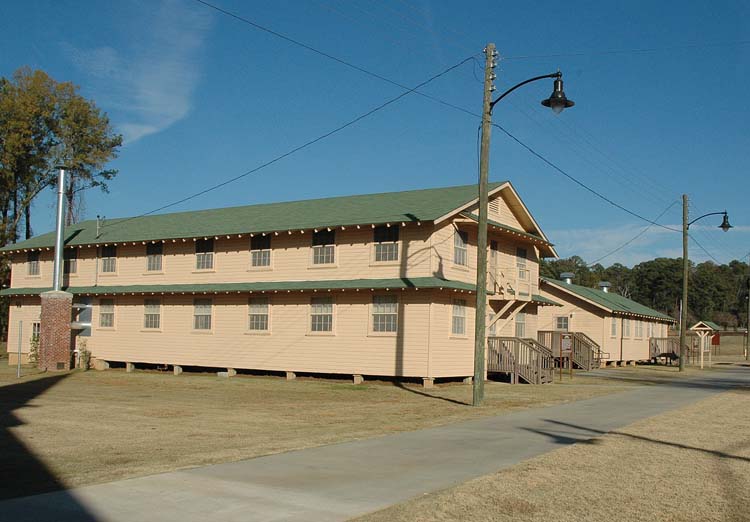
| This article first appeared in Small Arms Review V14N9 (June 2011) |










